
The SCORejj (Stellar Convection and Oscillations and their Relationship, jj={96, 16, 17, ...}) workshop series on convection are being planned by the Universities of Aarhus and Heidelberg, with the motivation of bringing together expertise from various 1D and 3D convection models/simulations, theory and observations. The workshops shall address various topics in stellar evolution and pulsation theory, such as surface effects, granulation or stochastic excitation.
For SCORe17 the focus will be granulation on solar-like stars and the discussion of various aspects related to this. Potential topics include:
- latest developments on the 8 hour flicker, and gravity determination
- granulation and magnetic activity
- granulation and mode excitation: how tight is the connection?
- description of the granulation seen in a power spectrum (theory and observations)
- does meso-granulation exist?
- supergranulation
- how do we best go from a 3D simulation box to a full stellar surface?
- patched models (supplementary topic as a follow-up from last year)
The schedule will include 3 to 4, 30 min talks per day, giving us maximal time for actual work and to engage in discussions.
This year, the workshop will take place in Heidelberg, more specifically in some of the rooms of the Marsilius-Kolleg (http://www.marsilius-kolleg.uni-heidelberg.de/lageplan-anreise-en.html), which is located on the central, modern campus of the University of Heidelberg.
The workshop is funded by the Independent Research Fund Denmark's Sapere Aude programme and the SFB 881 "The Milky Way System" project.
Mia Lundkvist
Hans-Günther Ludwig
Hans-Günter Ludwig (University of Heidelberg)
Günter Houdek (Aarhus University)
Mia Sloth Lundkvist (University of Heidelberg and Aarhus University)
Anish Amarsi (Max Planck Institute for Astronomy, Heidelberg)
Fabienne A. Bastien (Penn State)
Lionel Bigot (University of Nice)
Robert Cameron (Max Planck Institute for Solar System Research, Göttingen)
Jørgen Christensen-Dalsgaard (Aarhus University)
Remo Collet (Aarhus University)
Bernd Freytag (Uppsala University)
Shravan Hanasoge (Tata Institute of Fundamental Research, Mumbai)
Günter Houdek (SOC, Aarhus University)
Thomas Kallinger (University of Vienna)
Hans Kjeldsen (Aarhus University)
Hans-Günter Ludwig (SOC, University of Heidelberg)
Mia Sloth Lundkvist (SOC, University of Heidelberg/Aarhus University)
Aake Nordlund (NBI, University of Copenhagen)
Mark Rast (Boulder University)
Matthias Steffen (Leibniz-Institut für Astrophysik Potsdam)
Oskar Steiner (Kiepenheuer-Institut für Sonnenphysik)
Regner Trampedach (Aarhus University/Space Science Institute)
Yixiao Zhou (Australian National University)
No dates were specified.
Participation is by invitation only (with an exception for SFB members) and is limited to around 25 people in order to provide ideal conditions for an efficient working environment.
This year, the workshop will take place in Heidelberg, more specifically in some of the rooms of the Marsilius-Kolleg ( Hotel information
1) Heidelberg Marriott Hotel, which is one of the closest hotels to the workshop location: www.marriott.com/hotels/hotel-rooms/hdbmc-heidelberg-marriott-hotel/
2) Hotel Panorama, which is located right next to Bismarckplatz with good public transport to the Marsilius-Kolleg and is right in the middle of "downtown Heidelberg":
www.panorama-heidelberg.de/en-gb/home
3) NH Hotel Heidelberg, which is located about a 20 min walk from the workshop venue (and a short walk from a bus/tram stop):
www.nh-hotels.com/hotel/nh-heidelberg
4) Hotel Heidelberg Qube, which is one of the closest hotels to the workshop location:
5) Hotel Ibis Heidelberg, which is one of the more inexpensive options and is located at the main train station where there is good public transport to the Marsilius-Kolleg:
http://www.ibis.com/gb/hotel-1447-ibis-heidelberg-hauptbahnhof/index.shtml
Please do not hesitate to contact us should you require any assistance.
Finding the Marsilius-Kolleg
Travel to Heidelberg
Heidelberg can be reached by plane, by train, by bus and by car.
By plane: Frankfurt Airport is about 80 km from Heidelberg. Frankfurt Airport is a Lufthansa hub with frequent connections to many larger (and some smaller) cities. From Frankfurt Airport, trains depart about twice an hour to Mannheim from where Heidelberg can be easily reached (by using the S bahn; S1 (Osterburken), S2 (Mosbach), S3 (Karlsruhe Hbf) or S4 (Bruchsal)). The journey from the airport will take about 1 hour.
Several shuttle buses also operate the route from Frankfurt Airport to Heidelberg. The TLS shuttle (https://www.tls-heidelberg.de/en/) will pick you up from the terminal and drop you off at your hotel (price is 38 EUR one-way). The Frankfurt Airport shuttles (http://frankfurt-airport-shuttles.de/en/home-2/) provide both a fixed time table shuttle service to Crowne Plaza in Heidelberg (24 EUR one-way) and a door-to-door service. Please check the websites for information on, for instance, payment and booking. The journey will take about 1 hour.
It is also possible to rent a car from the airport. The journey time will be 45min-1 hour.
By train: Heidelberg Hauptbahnhof is serviced by Deutsche Bahn, and tickets can be booked on their website (https://www.bahn.com/en/view/index.shtml) or purchased at the station.
By car: Heidelberg is located close to motorways A5 and A6.
Finding the Marsilius-Kolleg
The Marsilius-Kolleg is located on the main campus of the University of Heidelberg (Neuenheimer Feld) in the Marsilius Arkaden (building number 130.1). The address is:
Marsilius-Kolleg
Im Neuenheimer Feld 130.1
69120 Heidelberg
A map and thorough directions for how to get to the Marsilius-Kolleg from the main train station can be found on their website (http://www.marsilius-kolleg.uni-heidelberg.de/lageplan-anreise-en.html). Most of you will probably either want to walk or use public transportation from Bismarckplatz instead. From here, the travel time to the Marsilius-Kolleg is roughly 20 min by public transportation or 30 min on foot.
By bus from Bismarckplatz: Take bus number 32 (towards Neuenheim, Kopfklinik). Exit at the stop “Uni-Campus”. The Marsilius-Kolleg is on the opposite side of the street, in the Marsilius Arkaden 130.1. The bus runs every ~10 min.
By tram from Bismarckplatz: Take tram number 21 (towards Handschuhsheim). Exit at the stop “Jahnstraße”. Cross the Berliner Straße toward Neuenheimer Feld. Follow Jahnstraße, which will bend toward the right in approximately 50 meters. Turn left on Kirschnerstraße and follow it approximately 350 meters, until you reach the Marsilius Arkaden on the left side. The tram runs every ~10 min.
Tickets can be bought from the ticket machines on Bismarckplatz or from the bus driver (the cheaper option is to buy 5 ticket bundles (preisstufe 2) from the ticket machines).
Entrance to the Marsilius-Kolleg
The Marsilius-Kolleg is located in the north tower of the Marsilius Arkaden (130.1), which is the foremost building on the complex. It lies obliquely opposite the German Cancer Research Center (DKFZ). The building entrance is on the left, on the east side (towards the campus entrance). In the entryway you will find a sign with directions.
The workshop will take place in the lecture room (Hörsaal) on the ground floor. Find a detailed description of how to get to the building/lecture room here.
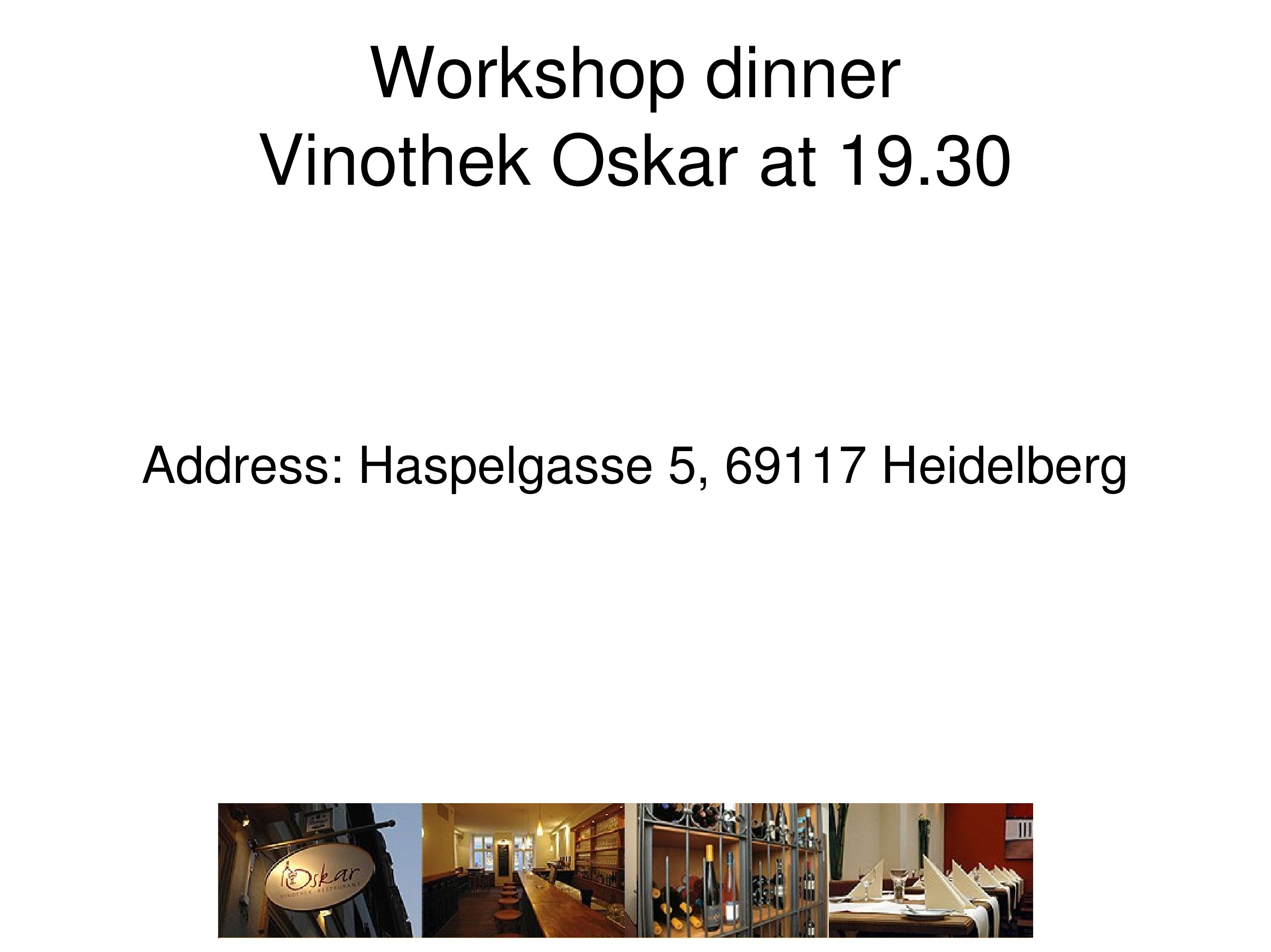
Session: Main Session
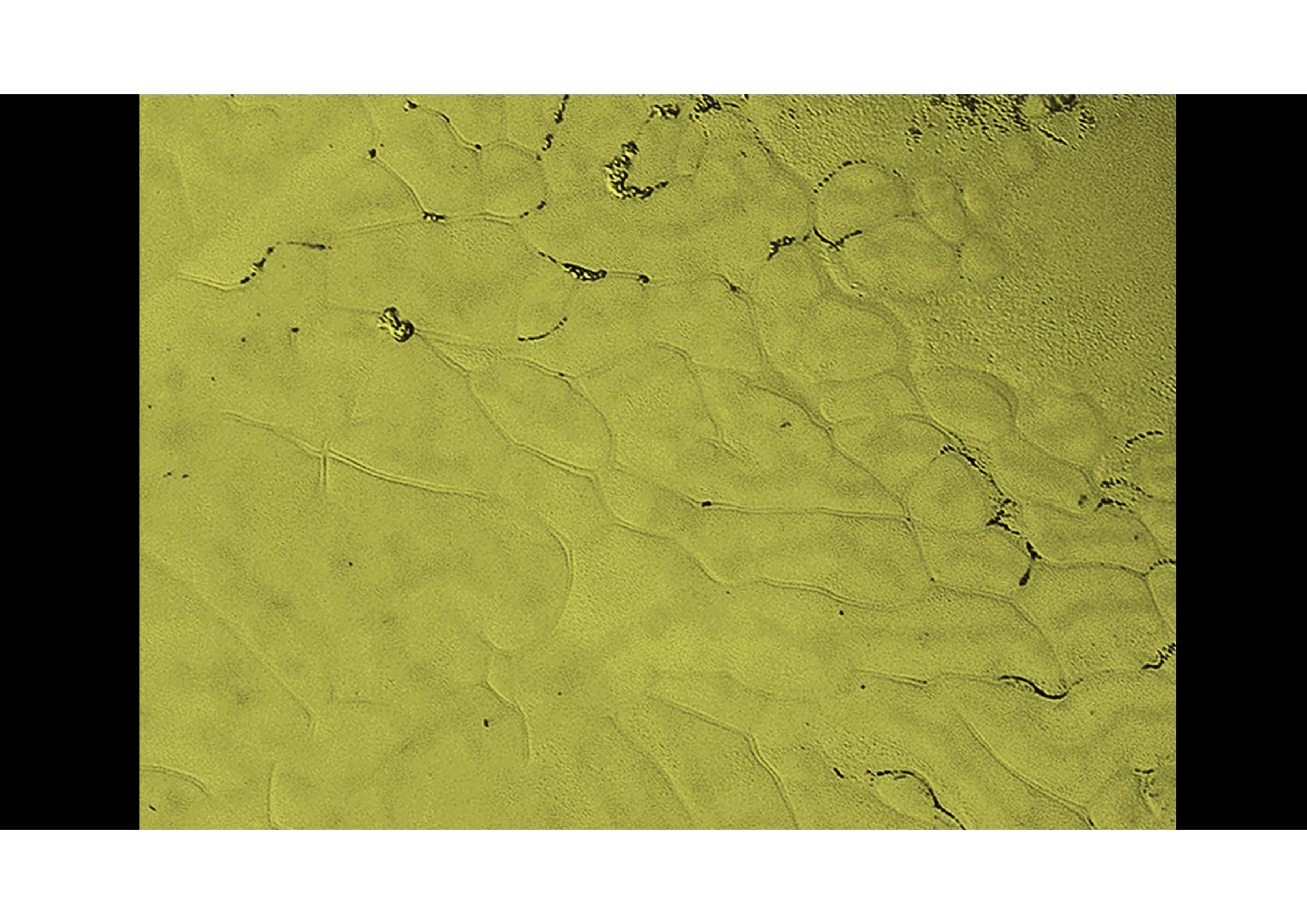
Session: Main Session
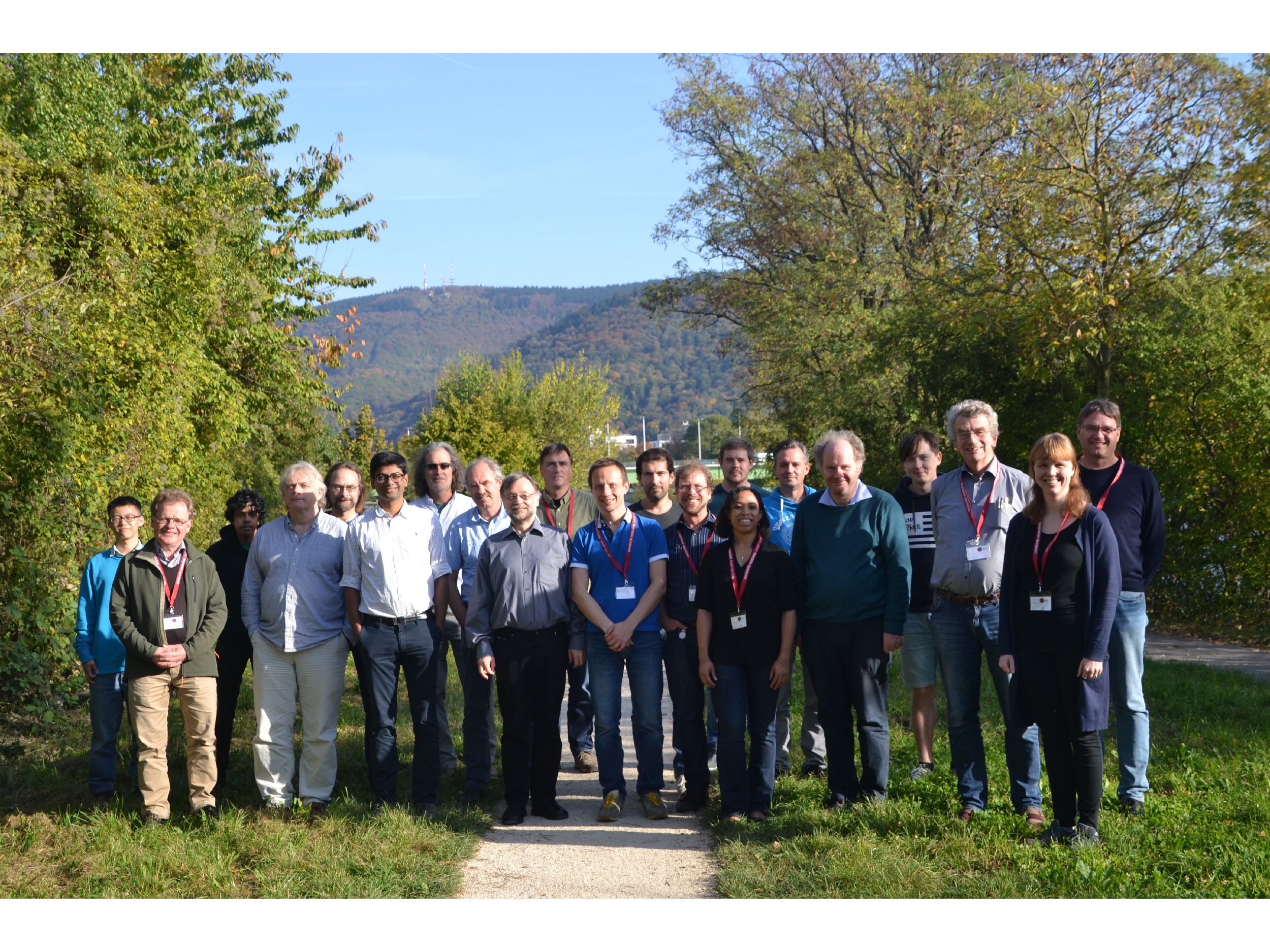
Session: Main Session
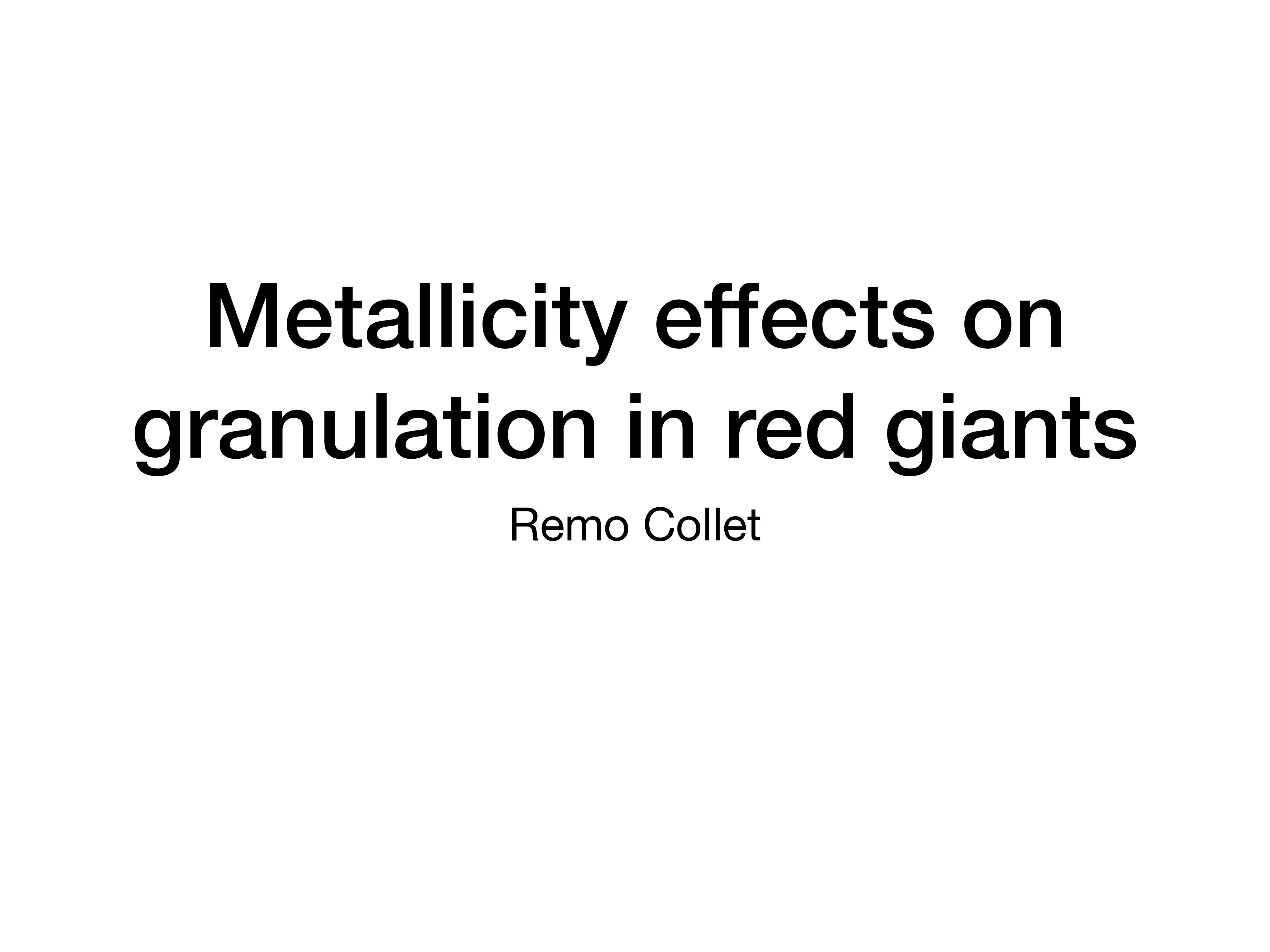
Session: Main Session
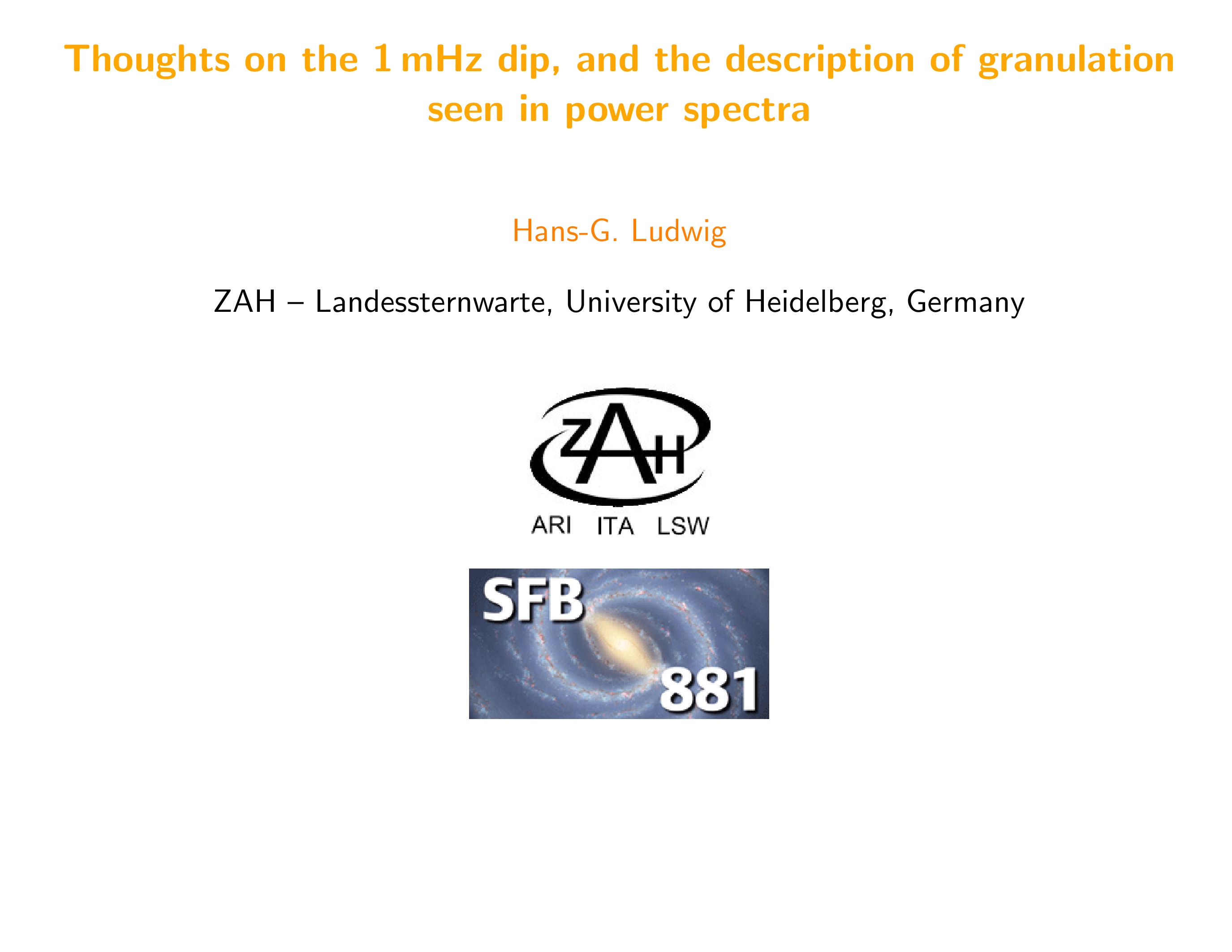

Session: Main Session
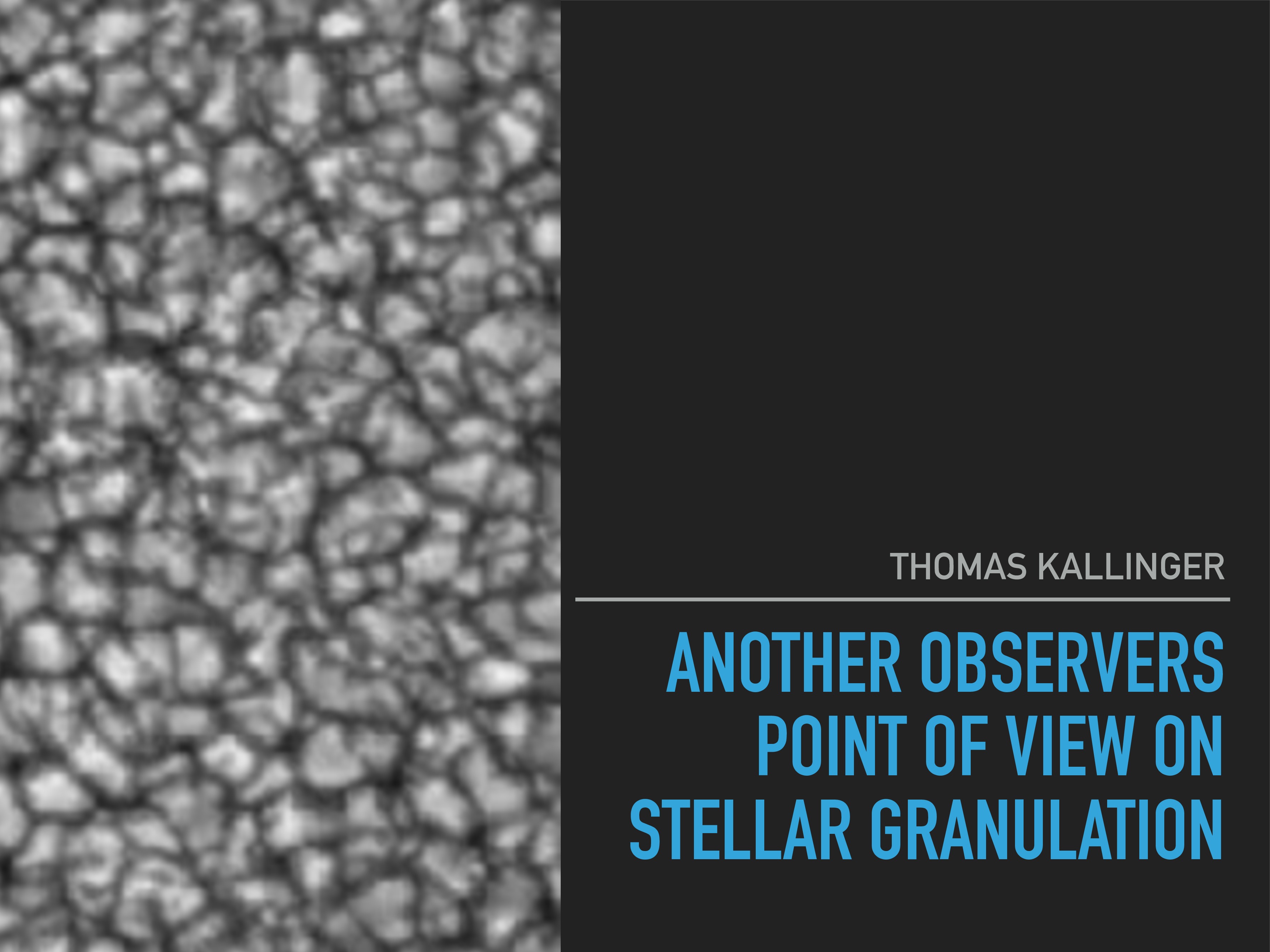
Session: Main Session
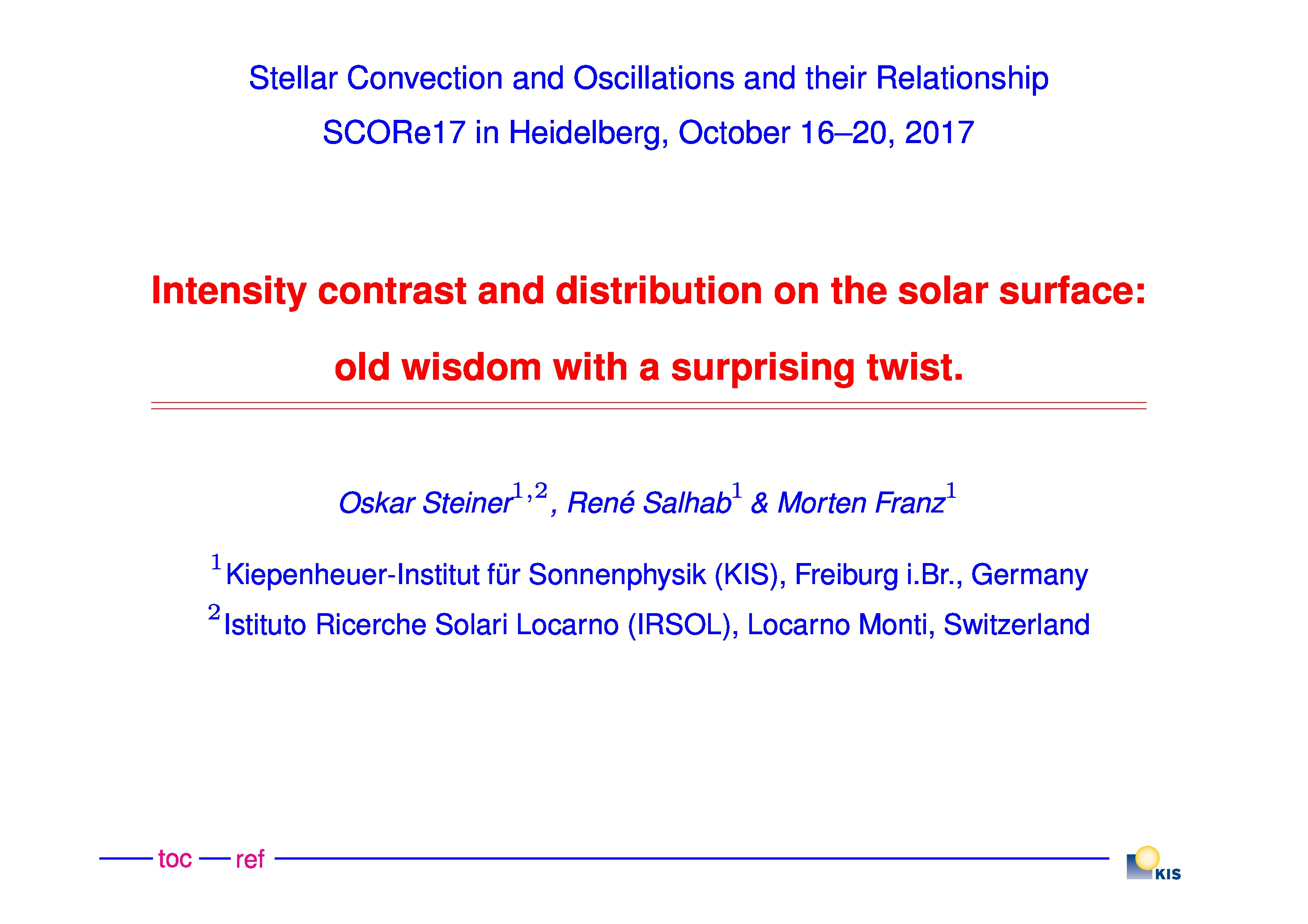
Session: Main Session
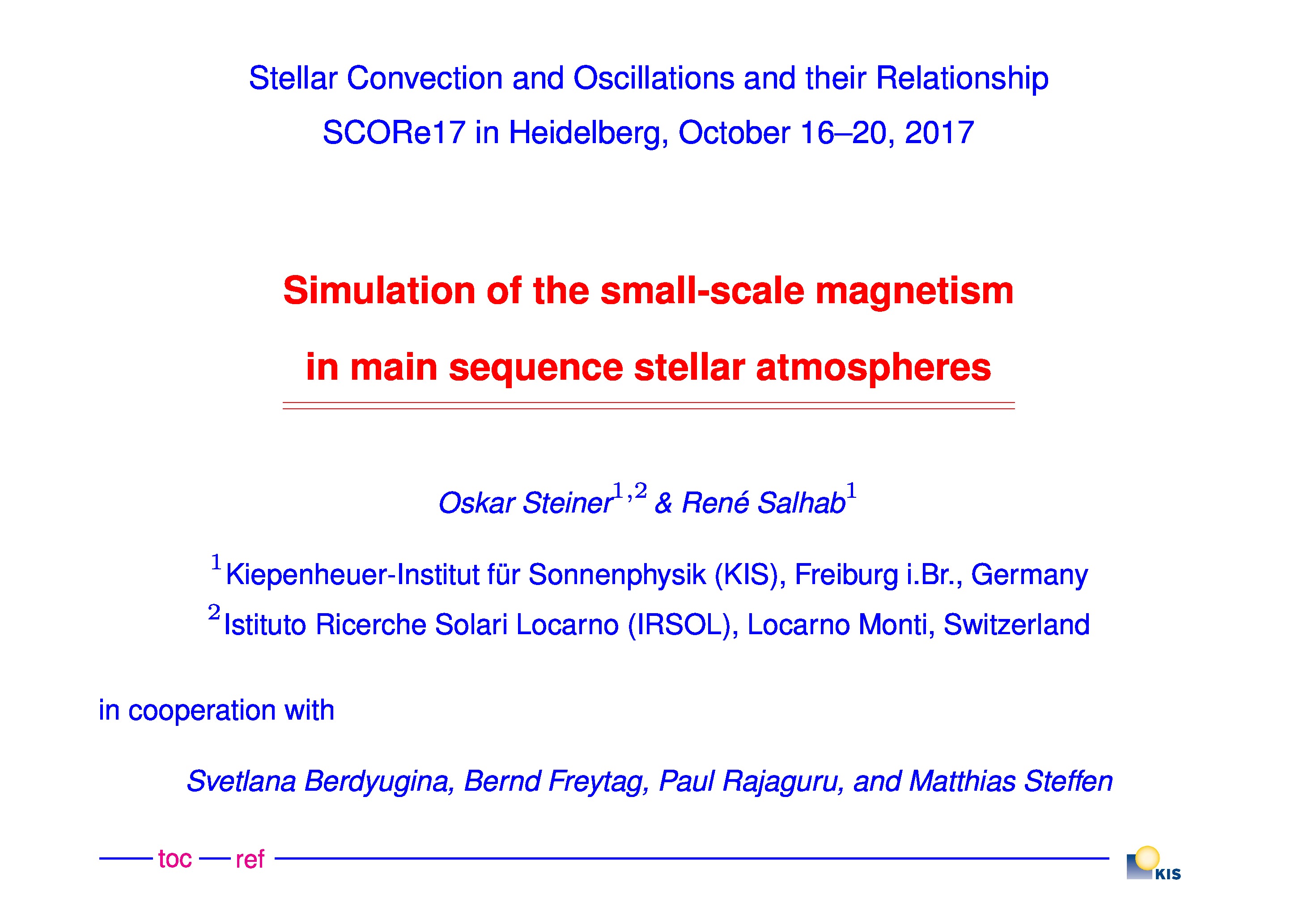
Session: Main Session
| First Name | Last Name | Affiliation |
|---|

